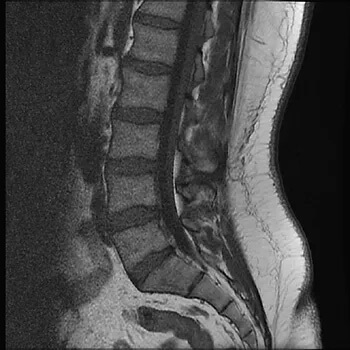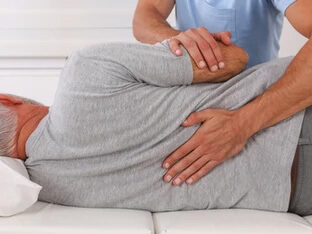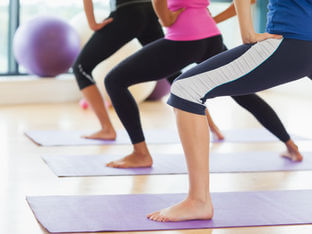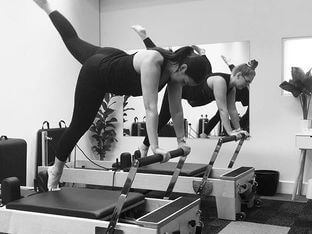
by adpraxiz | Nov 8, 2022 | Uncategorized
I need to get an MRI to help with the management of my lower back pain Answer – FICTION In a recent narrative review, Wang and colleagues (2018) concluded that MRI imaging in the early stages of lower back pain can have detrimental effects including more pain,...

by adpraxiz | Dec 3, 2019 | Uncategorized
Sharp catch of pain? Ongoing aches? Trouble getting out of bed or with long car rides? Stiff and sore when you are bending over to pick things up? Referred pain into you legs? If you’ve experienced any of these symptoms recently you are not alone. Lower back...

by adpraxiz | Jun 21, 2019 | Uncategorized
In part one, we unearthed that pilates has a role to play in reducing the severity of chronic lower back pain. In part two, we tackle a common question from our patients and delve further into the research to see if there is a difference between mat and reformer...

by adpraxiz | Jun 3, 2019 | Uncategorized
With our 30 day pilates challenge starting today, we thought we would take a look at why we love pilates so much for our patients, and what some of the benefits are. Part 1 looks at how pilates affect those with chronic lower back pain. Part 2 looks at the difference...

by adpraxiz | Dec 17, 2018 | Uncategorized
For those of you who have ever read a research article and thought it was a tough read, i’d like to let you in on a little secret. Doing the research is far worse! If only memes were a thing when I started my Masters of Applied Science thesis, I’d have...






